What is the tolerance range of precision screws?
What is the tolerance range of precision screws?
Service Hotline
+86760-8787 8587We have more than ten years of experience in screw industry production. The main products are: gas standard double-sided serrated gasket, slip-knot screw, GB848, non-standard sleeve, thin head hexagon socket screw, blackened and hardened machine screw, extended cup head inner Hexagon Screws, Welding Nuts, Standard GB54 Hexagon Thin Nuts, Slotted Lock Nuts, Aircraft Circuit Board Pads PD, Cylindrical Machine Bolts, Butt Locking Screws ,R-shaped R-shaped rivets and other fasteners, due to the different materials and specifications of the products, the prices are also different, if necessary, please contact us.


The bolt thread is generally cold worked, so that the thread blank within a certain diameter range passes through the rubbing (rolling) wire plate (die), and the thread is formed by the pressure of the wire plate (rolling die). The plastic streamline of the threaded part is not cut off, the strength is increased, the precision is high, and the quality is uniform, so it is widely used. In order to make the outer diameter of the thread of the final product, the required thread blank diameter is different, because it is limited by factors such as thread accuracy and whether the material is coated or not. Rolling (rubbing) thread is a processing method that uses plastic deformation to form thread teeth. It uses a rolling (screwing plate) die with the same pitch and tooth shape as the thread to be processed, while extruding the cylindrical screw blank, while rotating the screw blank, and finally transferring the tooth shape on the rolling die to the On the screw blank, the thread is formed. The common point of rolling (rubbing) thread processing is that the number of rolling revolutions does not need to be too much. If it is too much, the efficiency will be low, and the surface of the thread teeth will easily cause separation or random buckle. On the contrary, if the number of revolutions is too small, the diameter of the thread is easy to be out of round, and the pressure at the initial stage of rolling increases abnormally, resulting in a shortening of the life of the die. Common defects of rolled threads: cracks or scratches on the surface of the thread part; random buckles; out of roundness of the thread part. If these defects occur in large numbers, they will be discovered during the processing stage. If the number of occurrences is small, the production process does not notice these defects and then circulates to users, causing trouble. Therefore, the key issues of processing conditions should be summarized, and these key factors should be controlled in the production process.
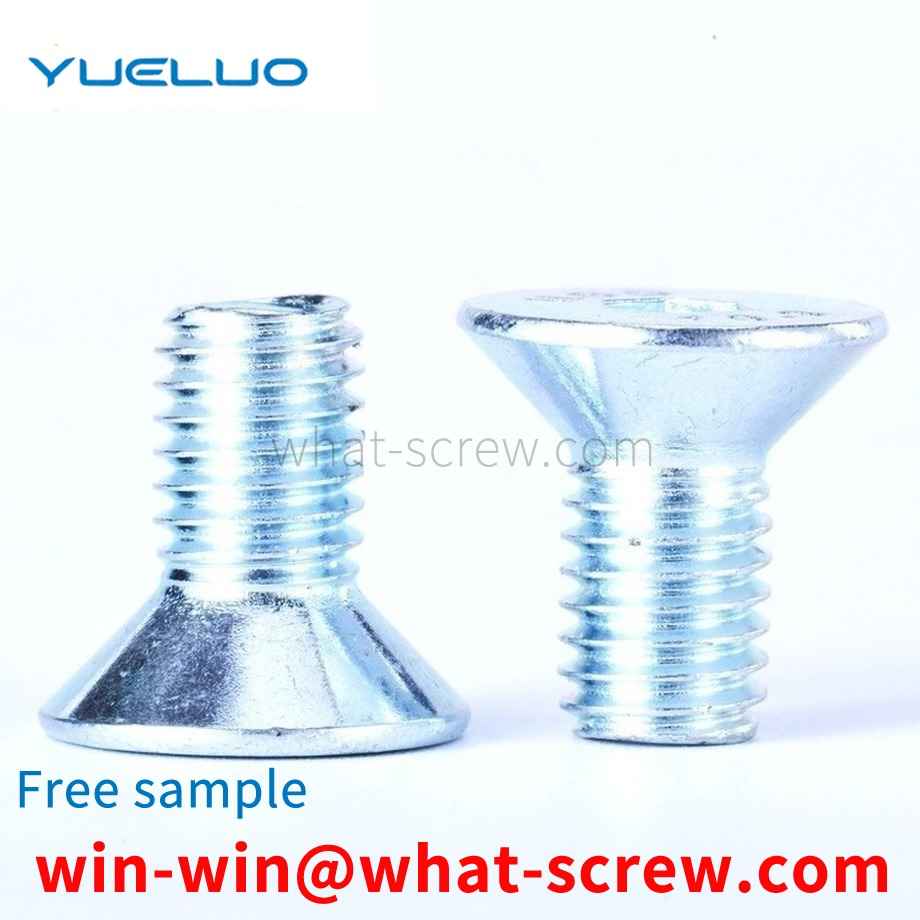
At present, the known automatic nail feeding screws are composed of the traditional hand-held electric drill modified electric screw and the automatic nail feeding device, in which the screw head cannot be moved and the angle can be changed. It is difficult to complete the installation due to the obstruction, so a multi-directional screw with a movable and rotatable screw head is required.
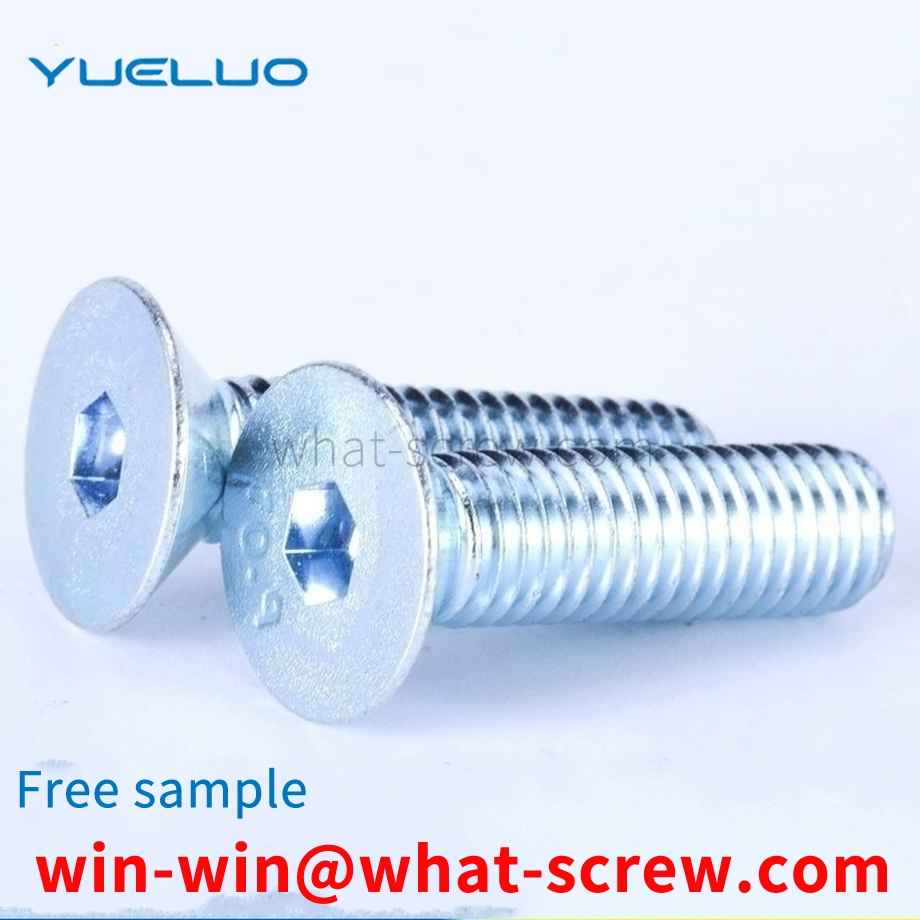
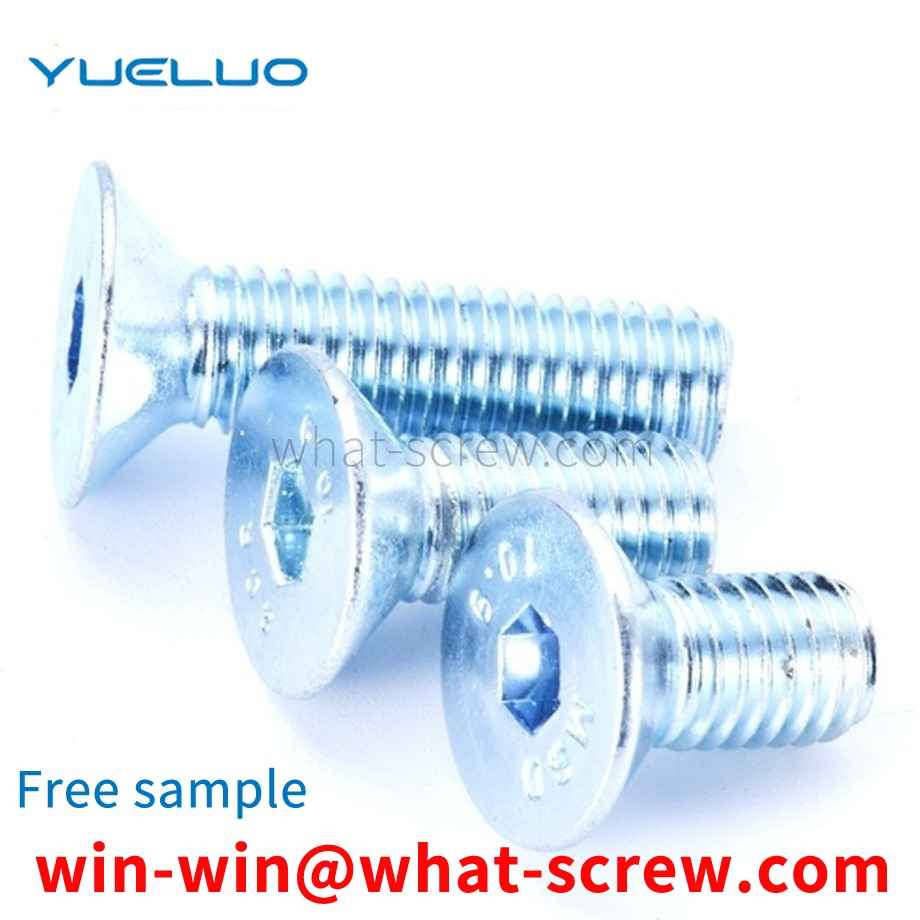
The slotted nut needs to be fixed with a cotter pin through the slot of the slotted nut, and the cotter pin must pass through the middle of the screw to fix the slotted nut. Usually, both ends of the screw need to be drilled, the diameter of the hole and the size of the slotted nut. The width and depth of the slot determine the size of the cotter pin. When the selected screw, cotter pin and slotted nut are relatively matched, the nut is fixed by the screw, so that the slotted nut does not loosen. This hexagonal slotted nut has the characteristics of high strength and is not easy to loosen when subjected to vibration. It is mainly used in occasions with vibration and shock, such as front and rear axles of automobiles, lifting equipment, presses and die-casting machines.
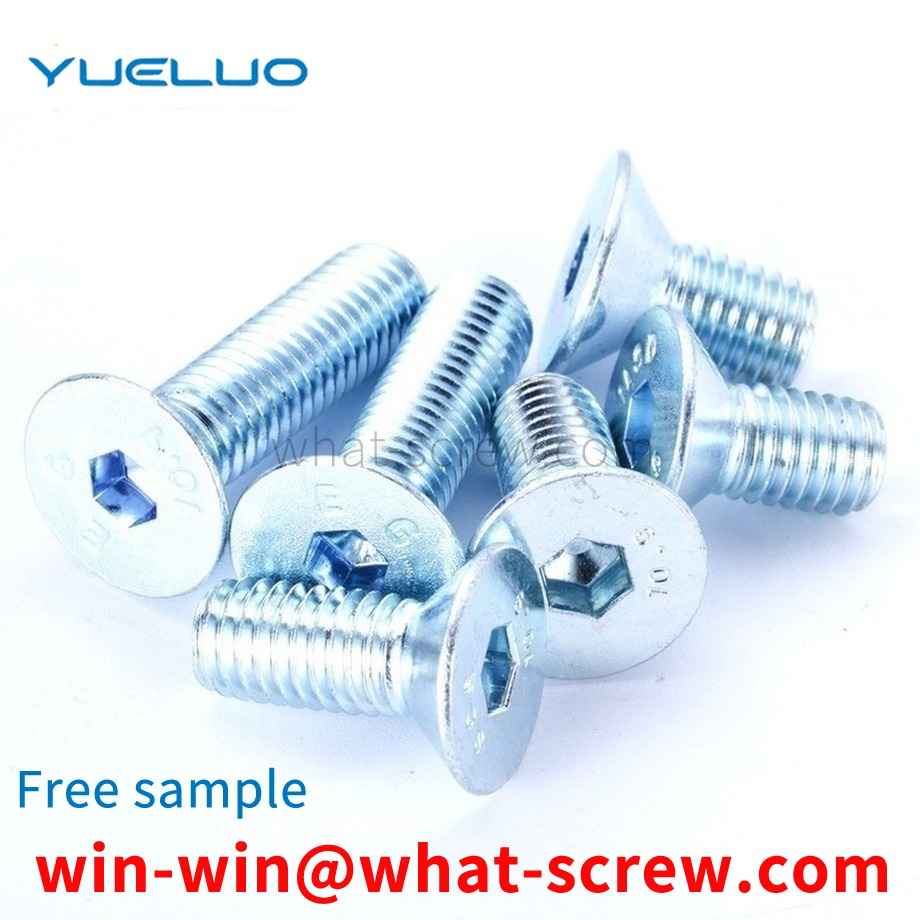
In view of the above-mentioned deficiencies of the prior art, Guangdong Yueluo Hardware Industry Co., Ltd. aims to provide a stamping die and stamping parts for punching rivets, and a positioning floating pin is added on the die to solve the problem of the prior art. The placement of the rivets during punching is inaccurate, resulting in the problem of poor quality. In order to achieve the above purpose, Guangdong Yueluo Hardware Industry Co., Ltd. has adopted the following technical solutions: a stamping die for punching rivets, including a lower die base, a lower die plate and a lower die insert block; the lower die plate and the lower die insert The block is arranged on the lower die base, and the lower die entry block passes through the lower die plate and protrudes to one side of the lower die plate, and a positioning floating pin is arranged in the lower die entry block, An elastic member for supporting the positioning lift pin is arranged in the lower die holder. The punching die for punching rivets further includes an upper die base, an upper clamping plate and a riveting punch, the upper clamping plate and the riveting punch are arranged on the upper die base, and the riveting punch passes through the upper die base. The upper splint extends to one side of the upper splint. In the punching die for punching rivets, the positioning and lifting pins are provided with protrusions for guiding the rivets. In the punching die for punching rivets, the lower die base is provided with a set screw for fixing the elastic member. In the punching die for punching rivets, the stop screw is installed on the bottom surface of the lower die base. In the punching die for punching rivets, a lower backing plate is arranged between the lower die base and the lower template. In the punching die for punching rivets, the elastic member is a spring. A stamping part is provided with rivets, and the rivets are stamped and fixed by the above-mentioned stamping die. In the stamping part, the stamping part is a back plate. Compared with prior art, the stamping die and the stamping part that Guangdong Yueluo Hardware Industry Co., Ltd. provides for punching rivets, have adopted and set up positioning floating pins in the lower die block, in the lower die holder An elastic piece for supporting the positioning lift pin is provided. Before punching, the positioning lift pin is held up by the elastic piece, so that the positioning lift pin extends out of the lower die into the block, and the rivet is placed on the positioning lift pin during stamping. On the pin, the rivet is guided by the positioning lift pin. During the stamping process, the rivet falls closely with the positioning lift pin to prevent the rivet from being skewed. When the stamping die is completely closed, the stamping is completed, which improves the quality of the stamped product and greatly improves the production efficiency.
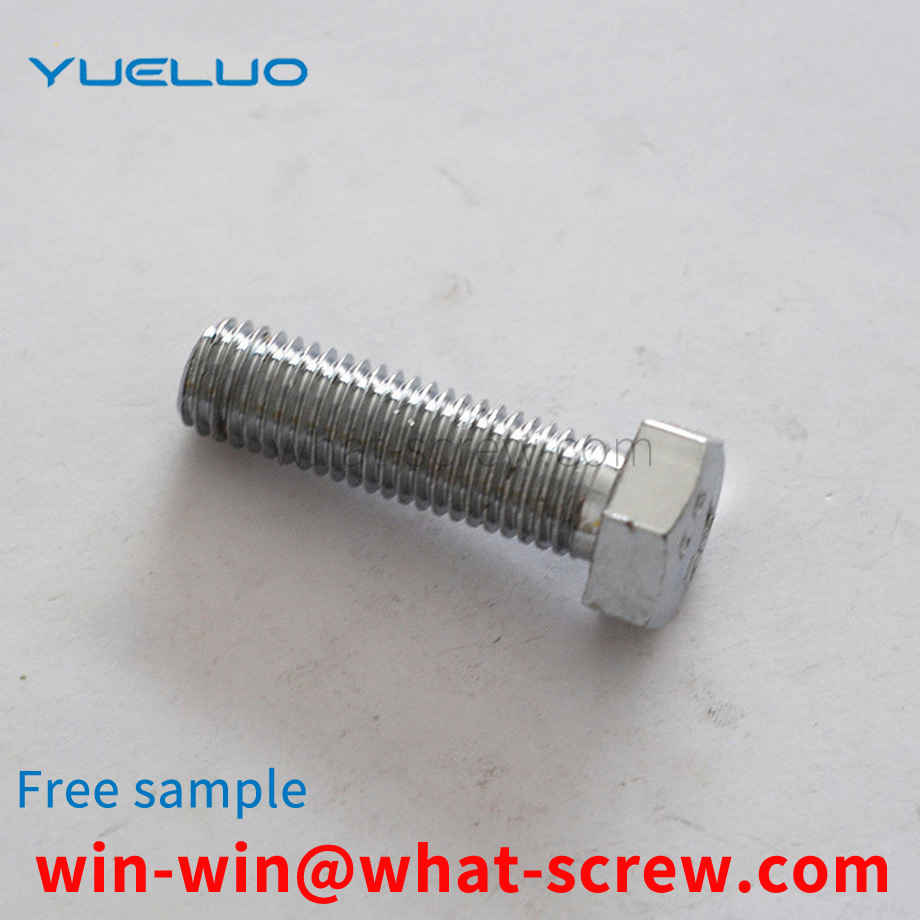
The above content is uploaded by Yueluo or the Internet. If there is any copyright issue, please contact [email protected].

What is the tolerance range of precision screws?

How to choose the right stainless steel screw manufacturer?

Why is there an R angle under the head of the hexagon head s...

We have more than ten years of production experience in the ...

We have more than ten years of experience in the production ...

We have more than ten years of experience in the production ...

We have more than ten years of experience in screw industry ...